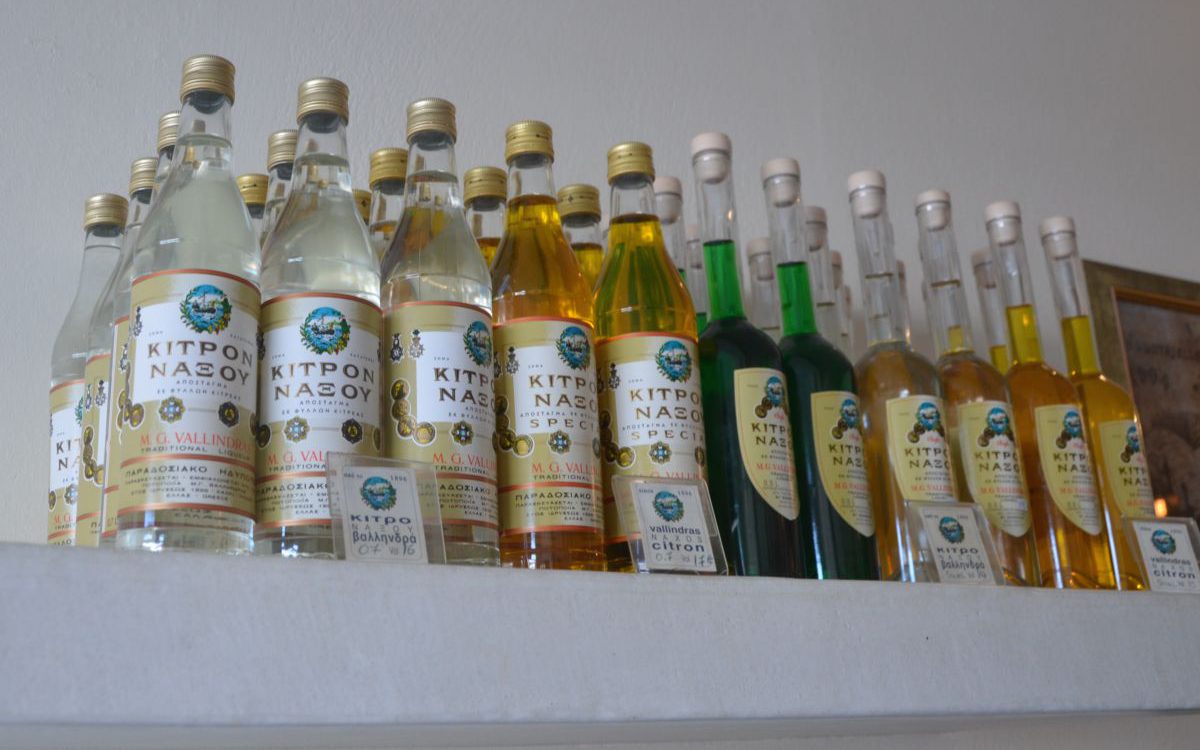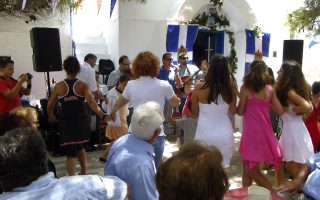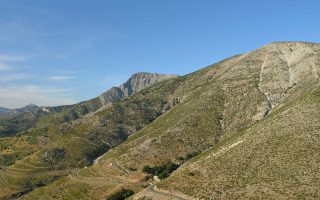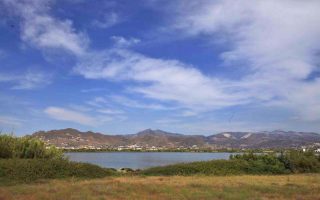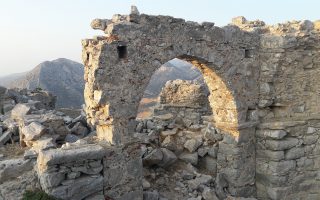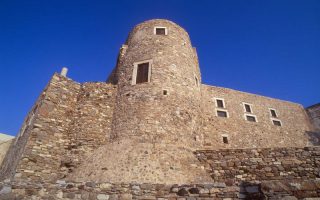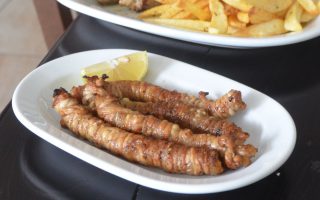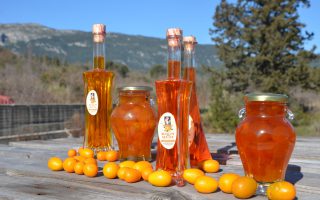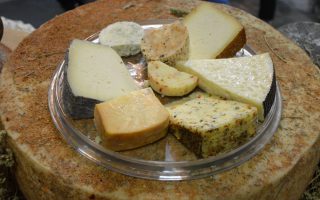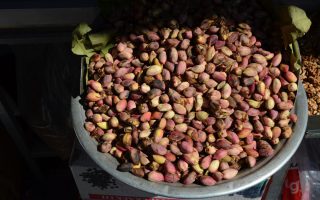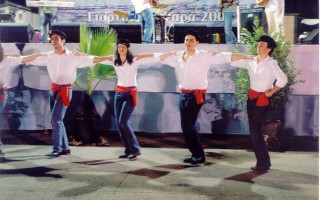Kitron Naxou is a liqueur obtained by the distillation of pure alcohol in traditional copper stills. The leaves of the citron tree (citrus medica, kitria in Greek), reach in essential oils with a strong aroma, are the raw ingredient used in the distillation process and were originally used by wine growers in the distillation of raki. On the island of Naxos, the cultivation of citron trees dates back to the 17th century. In 1896 in Chalki, a village at the central semi-mountainous part of Naxos, Markos Vallindras founded a distilled spirits plant – distillery, which bears his name until nowadays (“Vallindras Distillery“), that began its first exports in 1928. Citron leaves are collected between October and February and then they are distilled. In Naxos, apart from the liqueur, the citron fruit comes also as a spoon sweet, one of the sweets in the Greek cuisine.
The Kitron Naxou liqueur is available in three versions; the yellow Kitron Naxou liqueur (with 36% alcohol content and no sugar), the white Kitron Naxou liqueur (with 33% alcohol content and low sugar content, Naxiots’ preferred choice) and the green one (with 30% alcohol content and a higher sugar content). Bear in mind that the citron liqueur is considered to favour digestion!
Μore at Greek Gastronomy Guide…

Source: www.greekgastronomyguide.gr

